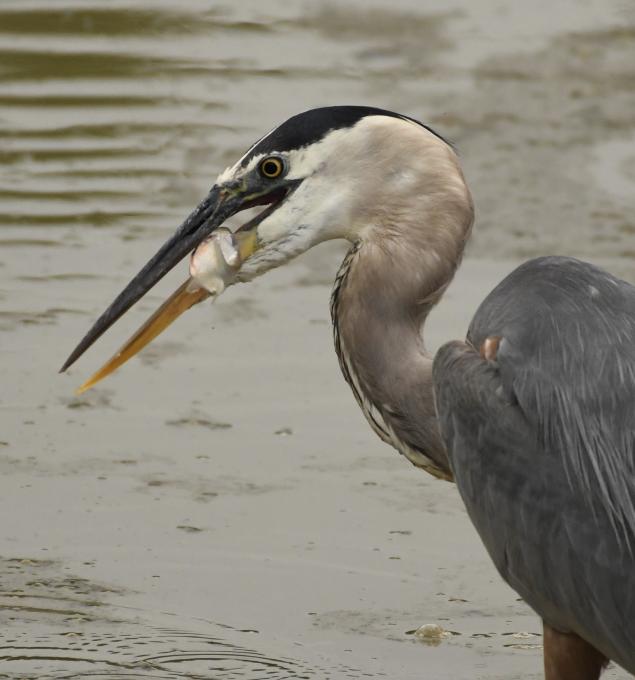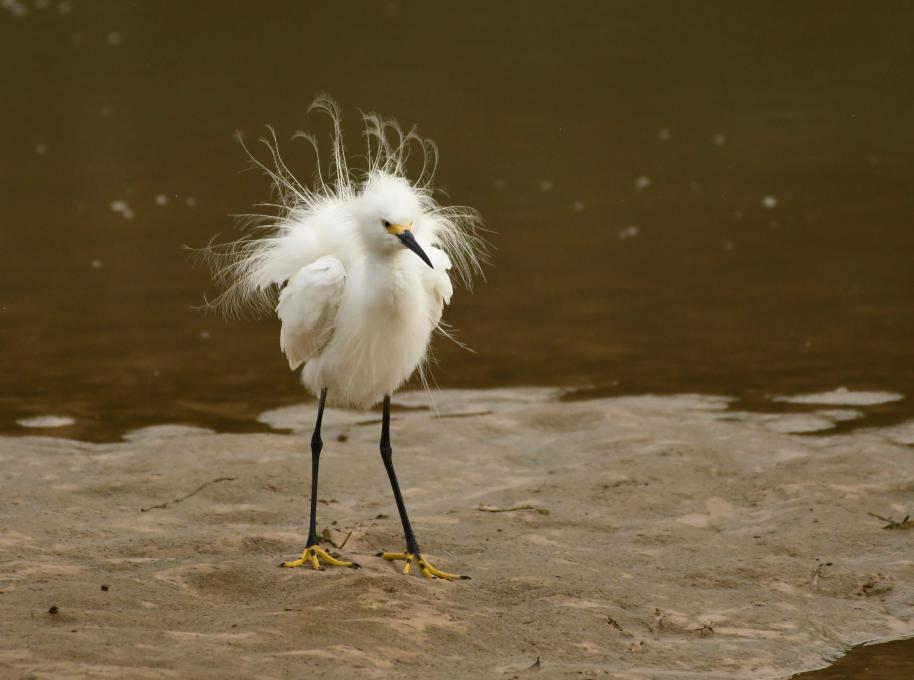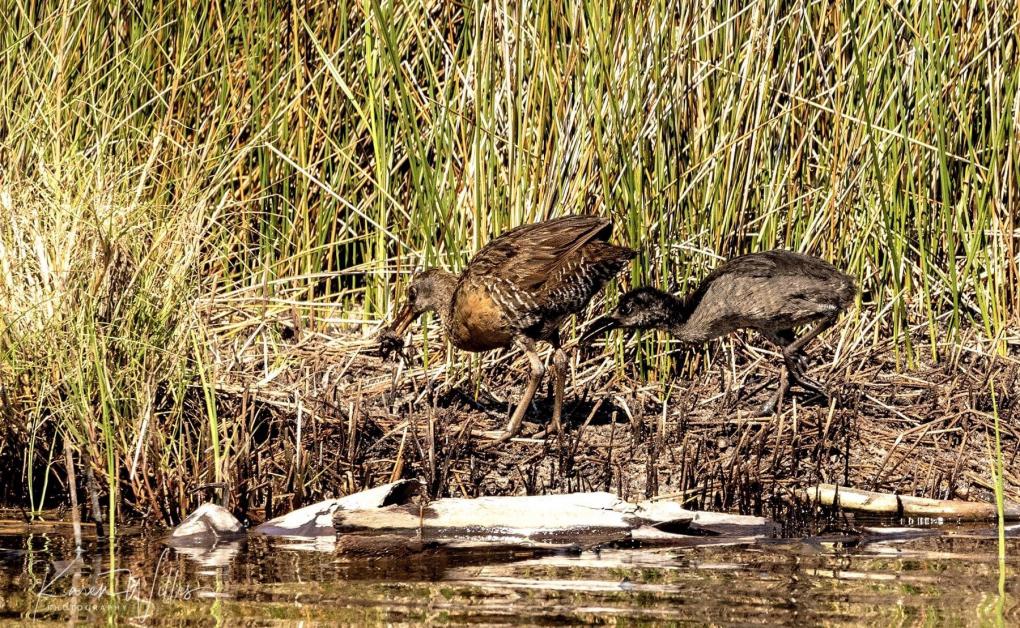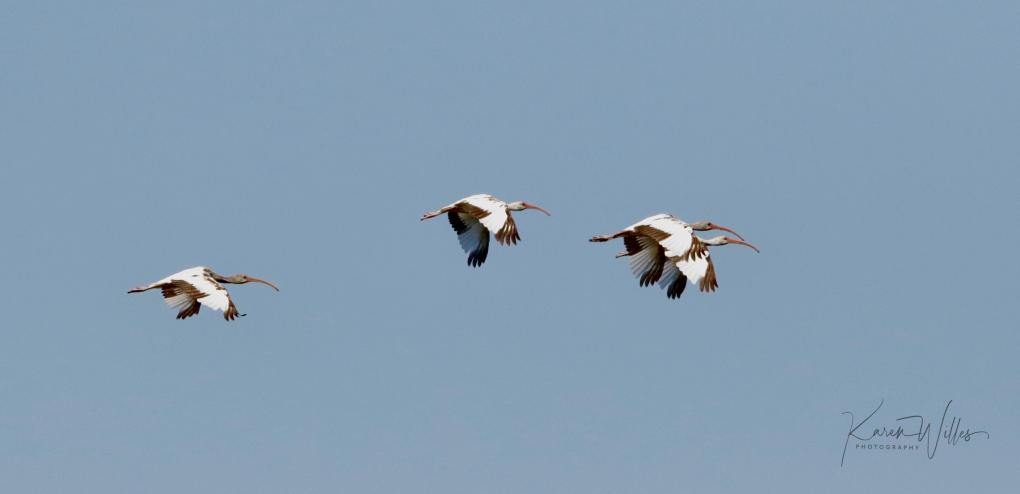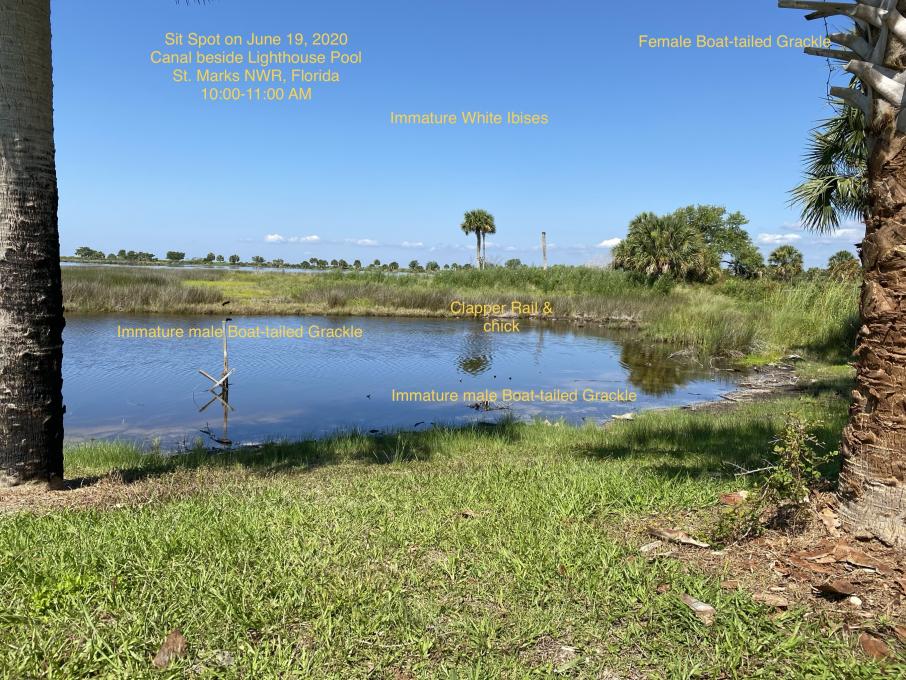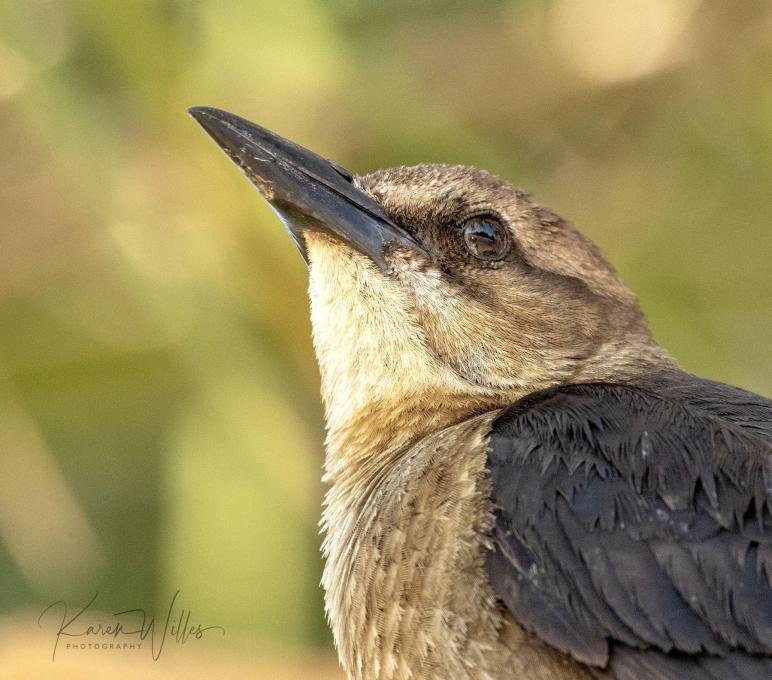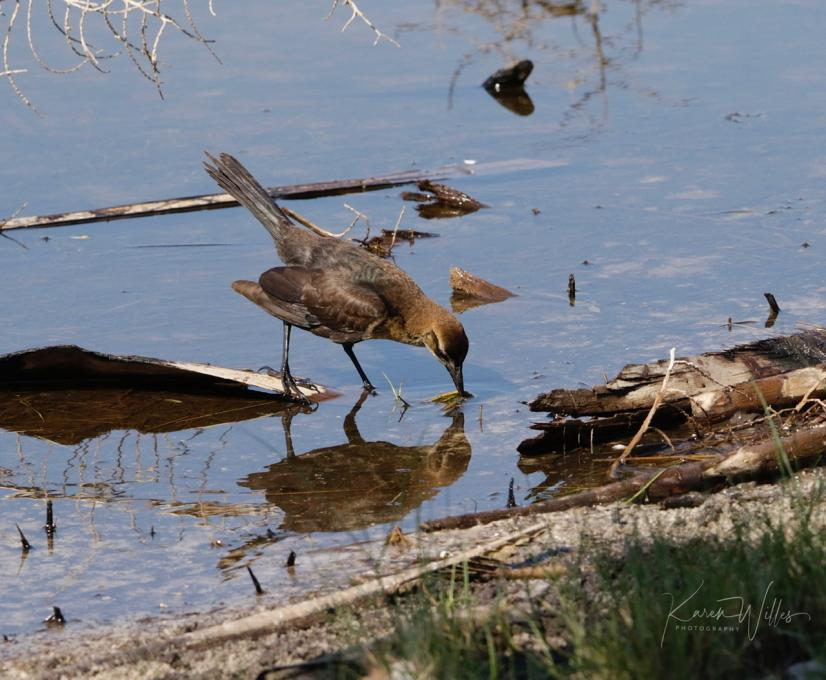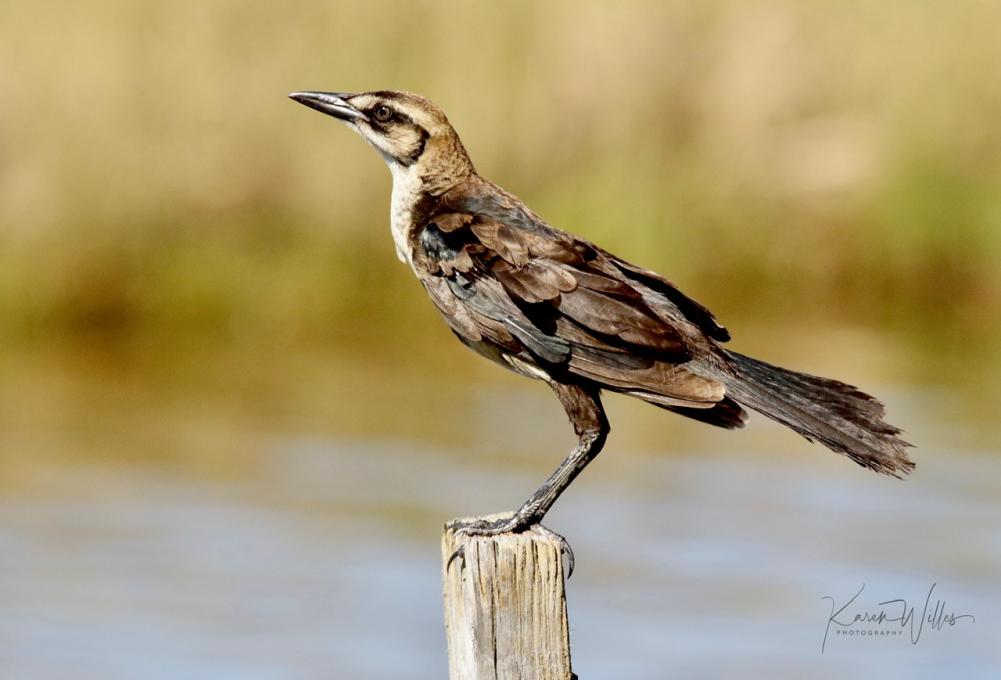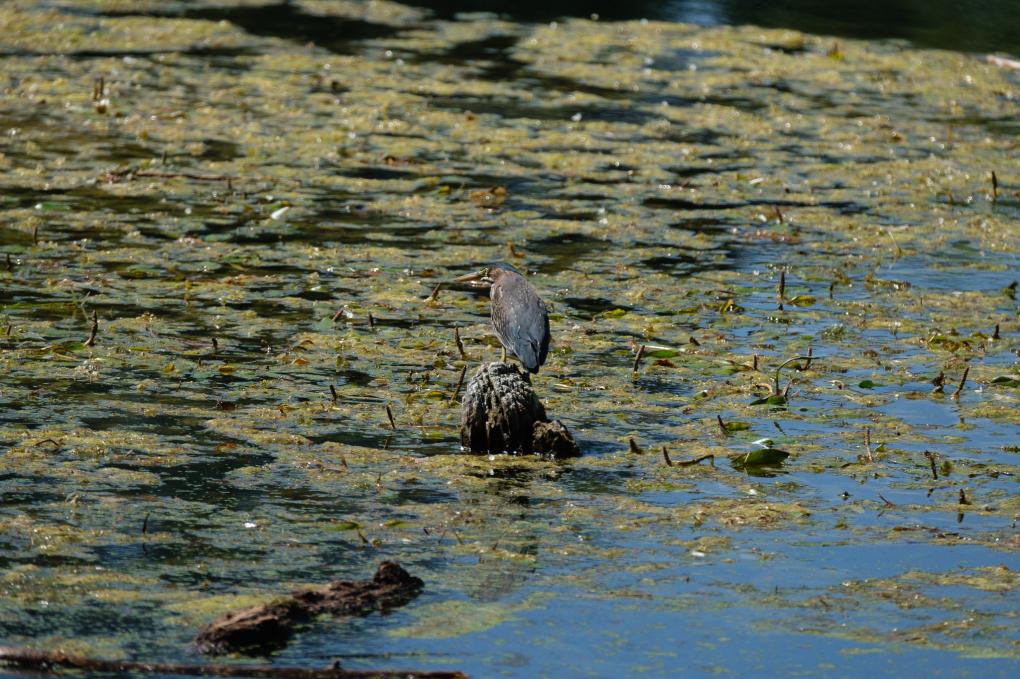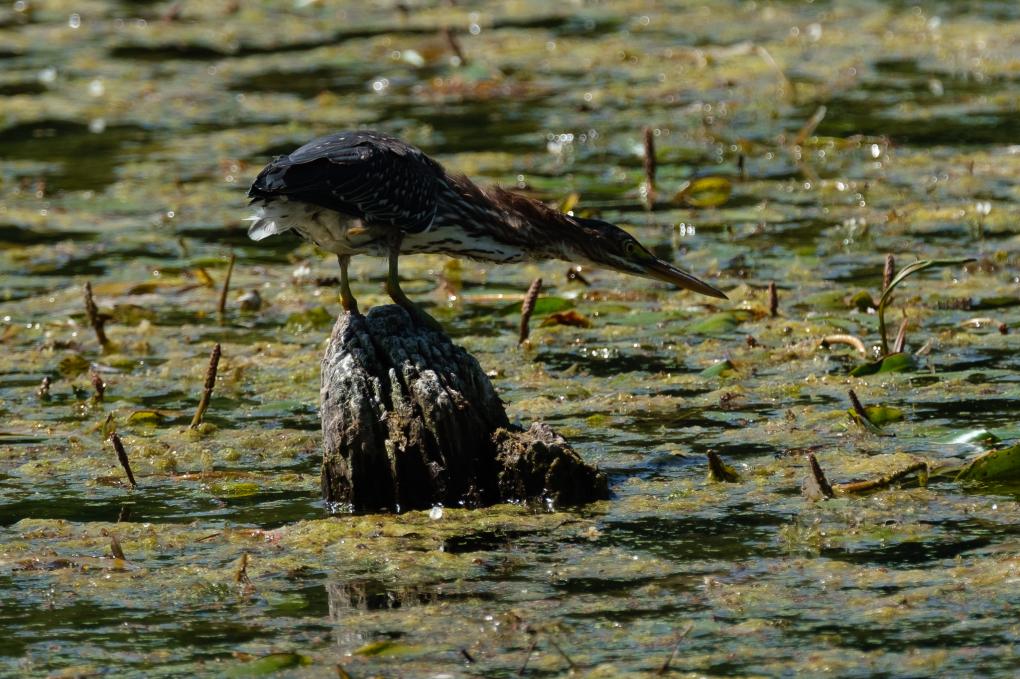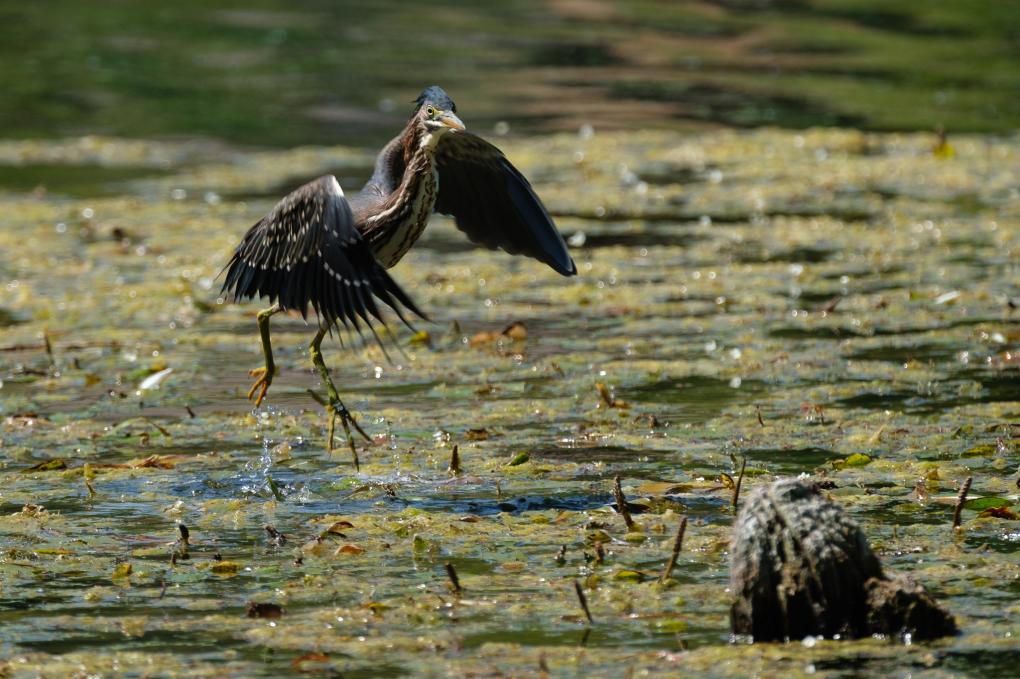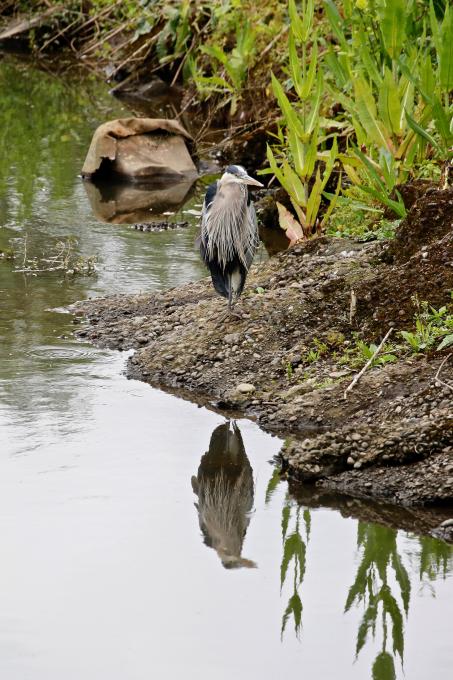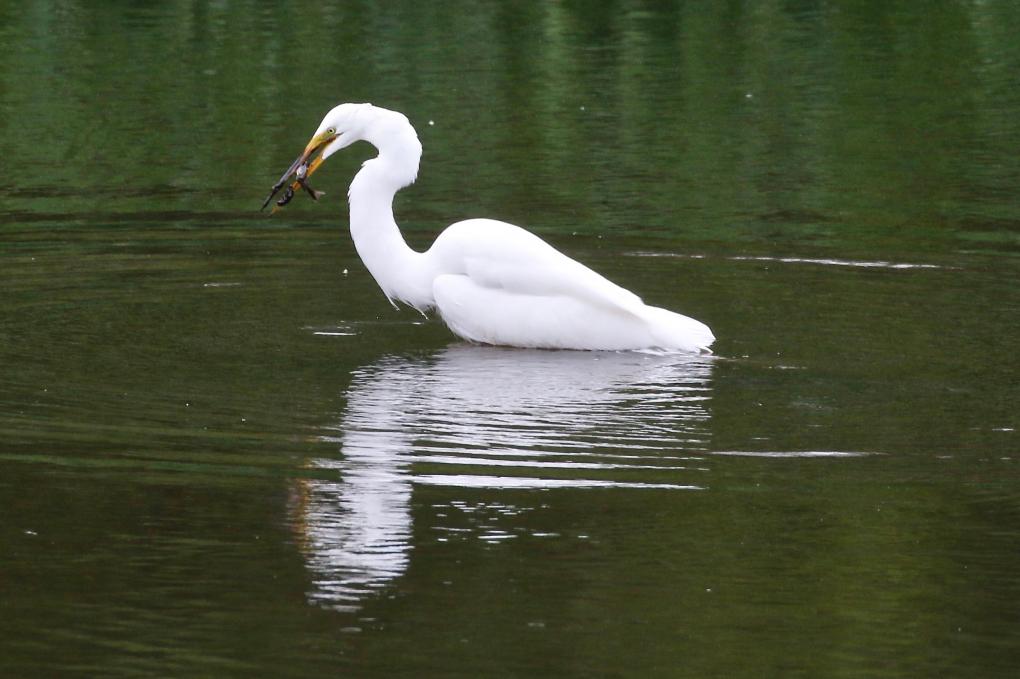The Cornell Lab Bird Academy › Discussion Groups › Bird Photography with Melissa Groo › Practice Gaining an Audience with Birds
-
The last two months most of the parks I frequent were closed so I started visiting a small marsh near my house. It is very hard to approach from the road so I got there early onr morning with a portable stool and a camo sheet over me.
I also spent time sitting on my deck/patio watching the birds that frequent my yard. These are the results.


-
Love your pictures!
-
Wonderful images!
-
@Susan E. Great shots..especially the warbler in flight..not easy to get a warbler in flight that sharp
-
-

 Since the corona virus has kept me and my husband homebound, I made sit spots in my yard. On my backyard patio, I figured a large, plump cushioned patio chair would make a decent blind, with me crouched in a second chair behind it! It worked, as shy Western Tanagers, skittish Bullock's Orioles & cautious Black-headed Grosbeaks -bird species I'd NEVER SEEN BEFORE- didn't seem to notice me there, while bracing my 600mm Tamron lens on the top of the "blind" chair. I discovered all three species in my backyard Ash trees for the first time EVER, in mid-March, so I decided to put up a Oriole jelly feeder. I am elated to say that two different pairs of Bullock's Orioles decided to nest in the Ash, & I make sure their jelly feeder is always full. I now have fledglings, yellow balls of fluff, from one couple, still waiting for arrival of second nestlings, any day now. I learned feeders have made a huge difference getting birds near perches in my trees.
Since the corona virus has kept me and my husband homebound, I made sit spots in my yard. On my backyard patio, I figured a large, plump cushioned patio chair would make a decent blind, with me crouched in a second chair behind it! It worked, as shy Western Tanagers, skittish Bullock's Orioles & cautious Black-headed Grosbeaks -bird species I'd NEVER SEEN BEFORE- didn't seem to notice me there, while bracing my 600mm Tamron lens on the top of the "blind" chair. I discovered all three species in my backyard Ash trees for the first time EVER, in mid-March, so I decided to put up a Oriole jelly feeder. I am elated to say that two different pairs of Bullock's Orioles decided to nest in the Ash, & I make sure their jelly feeder is always full. I now have fledglings, yellow balls of fluff, from one couple, still waiting for arrival of second nestlings, any day now. I learned feeders have made a huge difference getting birds near perches in my trees.
The shy Western Tanager in the photo below stayed a week, thankfully!
Lastly, my favorite subjects, Scaled Quail. In this photo, a very young chick is scanning the sky for predators, in between drinks of water. This is one of many fascinating behaviors I've observed daily, how fast they depend & learn from their extremely protective & loving parents. I have to practice being very quiet, play "Red Light Green Light" all the time, staying low/eye level to the ground. I crouch, sandwiched between a wheel barrel & a very large pot of flowers as a blind in my front yard. I learned an important lesson from Melissa to not approach birds straight on, so now I practice moving in angled zig-zag motions, when I follow them into the prairies for environmental photos, as they go about their daily lives. The weeds are so tall though, the chicks are hidden.
-
Great pics and what a wonderful variety of birds in your yard!
-
@Lucy Thanks Lucy, makes me happy that you like my photos, and share the joy :). Just looking out my windows, I see two Canyon Towhees, found in the southeastern part of Colorado according to e-Bird phone app. But on my Audubon I-phone app, it shows that their range is NOT in my area!
Also, I'm seeing two Curve-billed Thrashers; this species has been my backyard resident for at least ten years. In my Merlin eBird ID mobile phone app, it's map shows the Curve-billed Thrasher located ONLY in a MINUSCULE TIP of SOUTHEASTERN COLORADO. According to Audubon, they show he's found in southeastern Colorado, BUT not extended in a large enough range to include where I live; they show them in an area concentrated FURTHER southeast. (I live 5.7 miles away from Lake Pueblo State Park. Last year I joined an Audubon birding group from Colorado Springs who utilize the same apps that I have used for about four years. Lots of reporting going on!) So I hope someday to see updated map range entries, that would help contribute to birding conservation efforts. -
Love your pics! Excellent shots. And those chicks — pretty gorgeous! I must think some more about bird feeders. I have plenty of bird baths but will have to investigate. And think of some 'blinds'. You are very resourceful with yours!
-
@Carole Many thanks Carole! Yes, water is extremely important for our birds, but as Melissa has taught & I have discovered is that bird feeders are invaluable way to enjoying birds! It's true that you will get to know individual bird behaviors just by observing your bird feeders, & really knowing their personalities is special beyond words! They have really become my pets. Before I hung this feeder in mid- March, I could only see Scaled Quail from a distance in the tall prairie grasses & weeds. Now they come to me! They visit my front yard all day long, from sun-up to sunset, thanks to my feeder! I love my Duncraft Absolute ll feeder-it has two spring-weighted perches to keep large birds, like pigeons, from eating me out of house and home when I was just throwing seed out to all birds under my piñon trees. This Duncraft brand feeder is an all-metal squirrel-proof feeder, although there are NO squirrels in the area where I live. When a large bird or squirrel steps on the perch, a metal shield drops down to shut off the seed supply. I enjoy watching birds from two separate perches on either side of this feeder. The metal overhanging roof protects my birds from sun, rain and snow. the roof also lifts up for easy refilling & cleaning. I have seen very smart Grackles figure out that by fluttering on an edge of the perch, they could hang on and get a couple of mouthfuls. They eventually give up, figuring it was no work just to find seeds on the ground underneath this feeder that the smaller birds scattered for them and many other ground feeders. Different birds like different feeders, just as we saw in Melissa's video.
Doesn't matter if your bird feeders are homemade or bought, just get some Carole, you won't regret it! -
@Linda I will! 😊😊😊
-
-
I have not been able to go to a sit spot yet, but I have been able to sit on my deck overlooking our lake in the Adirondack Mountains in Upstate NY. I heard some Cedar Waxwings, Song Sparrows and a Robin fighting for some time in an Elderberry bush down by the lake. I was able to go sit in the front of our boat and wait for them to get their turn at the bush. The Robin was the ruler of the berries. I was able to get some shots of the Cedar Waxwings and Song Sparrows. Unfortunately the bush has been picked clear and the Cedar Waxwings have moved on.



-
Great pics! I love the interactive shot!
-
@Lucy Thank you.
-
Great photos! Really captivating.
-
-
Question: Is there a way to get notifications when someone posts to the topic or replies to my post? Thanks

-
Beautiful picture!
-
Gorgeous Blue Grosbeak, he's on my bucket list! I really like the drift wood, makes a lovely, natural setting!
-
-
I work from home so I added a couple of items to my yard that the birds land on before going to a feeder or bird bath to help me get more natural photos. First I have some stands made with wood and PVC pipe so I can stick a branch in and place near feeders or bird bath. Second I got some drift wood and ran a drip line behind so the will still drip into the bath and the wood gives a good place for birds to sit while waiting their turn. I can easily edit out the drip tube if it shows up in a photo. I am posting photos of one of my stands and the main drip bath. I live in a regular neighborhood so nothing fancy about my yard. I have moved the bath several times because I have discovered that the birds love the small persimmon tree for cover and the bath works best there. I have watched the birds long enough to know that some come during particular timed during the day and year.



-
Here is a Summer tanager sitting on the stand.

-
-
I went to our local 'Blue Lake' today an hour or so before sunset to make the most of the beautiful late afternoon light. Also I'm still very much learning how to get crisp photos with my camera and lens, so ducks, water fowl and cormorants don't flit around very fast and are great subjects to practise on! The down side is that lots of people use the lake to walk around for their exercise so lining up a shot can be a bit fraught! But I thought I'd take my chances as I know there will definitely be birds there. I thought if I sat in one particular spot where I've photographed pied cormorants before I might get lucky. They can do some interesting gymnastics with their necks.
I got a couple of shots of Eurasian Coots and yes — a pied cormorant presented him/herself — but then a wonderful surprise awaited me! The light was getting low and I was just about to pack up when I looked up to see a Nankeen Night-Heron fly in to a tree right in front of me. One of my favourite birds! And I haven't seen one for ages! People around must have thought I was crazy I got so excited. Anyway, here are the photos! I'm on the Bellarine Peninsula in Victoria Australia just to the west of Port Philip Bay.



-
Thanks Carole for the great story. I love your photos, especially the Nankeen Night-Heron, it is very peaceful.
-
Wonderful shots! Congrats!
-
Thank you for sharing wonderful photos of Australian birds, and I always like to hear a good story! I take photos at a small lake near my home where there are American Coots, who have yellow-green feet & American Coots' beaks aren't totally white.
-
I like your photos and it reminds me of a program I just saw showing all the birds in Australia... some colorful, beautiful birds. Australia is on my bucket list for a visit.
-
-
I went to our Botanical Garden and found a few different places to sit. Discovered some nesting house wrens, Lazuli buntings which are still singing-I'm not sure if they are defending territory or not. One was preening and rousting while I took photos, so felt he wad pretty comfortable with me. Then saw a female Bullock's Oriole chase away a male Black-n


 ecked hummingbird, and blurred the photo on both.
ecked hummingbird, and blurred the photo on both. -
Enjoyed the latest lesson so headed out early this morning to a local bayou. Confess to not sitting for 30 minutes in one spot but have found a couple of spots to try again tomorrow for a longer period of time. Here’s a few shots



-
You must live in Florida. :-) Love the Snowy Egret
-
@Elizabeth I wish! Actually live in Houston, Texas! Thanks for your comment!
-
@helen Do you go over to Anahuac? We spent most of a week last December on the TX Gulf Coast, starting there and going South. Birding was the sole purpose of the vacation.
-
Wow! Great shots!
-
@Carole Thank you 😊
-
Great Pics! The Roseate Spoonbills are one of my favorites!
-
I loved the egret! I feel like some fun captions could be written with that photo.
-
-
Ever since I read Melissa’s 2016 article in Outdoor Photographer about having a Sit Spot, I have been able to describe to others why I will often stay in one place for quite a while. The images below were taken at St. Marks National Wildlife Refuge in Florida, 25-miles south of Tallahassee on June 19, 2020 during my Sit Spot time of 11:00 AM to Noon. I chose that place in particular because I knew that Clapper Rails and chicks had recently been seen. I could hear them but couldn’t see them as they were back in the marsh. Then, much to my delight, an adult and chick appeared. During that hour, I photographed an immature male Boat-tailed Grackle, a small flock of immature White Ibises, and an adult female Boat-tailed Grackle in addition to the Clapper Rail and chick.



-
Only 3 images are allowed for upload so here are the other 3 images — Two are of the immature mail Boat-tailed Grackle and the other is of the adult female Boat-tailed Grackle that landed in the palmetto tree right above me. When I looked at the downloaded images I could see the landscape behind me reflected in her eye. Nice bonus!



-
@Karen Beautiful photos!
-
@Karen LOVE that first shot! That eye! Beautiful!
-
Great job on the pics and lucky you to get the rails!
-
-
This morning I went to my favorite regional park, in North California, it has lots of little lakes, ponds and arroyos connecting them. It is the perfect habitat to give shelter to a lot of bird species. I found a green heron on a branch sticking out of the water, turning its back to me. I tried to practice a careful, silent approach as Melissa explained, getting closer each time his attention was distracted (by a plane passing or a dog barking). When I was close enough to have a decent shot with my 400 lens, I decided to crouch down and wait. I expected to stay here quite a long time (green herons can keep very still for ages but when they but strike all of a sudden, they can be very fast). My camera settings were ready. I will share below some photos of what I saw. The first is when I arrived. In the second, he noticed something in the water and elongated its neck slowly (it always surprise me how long it can get). After coming back to his waiting position for a while he suddenly jumped in the water to fish, turned around as fast as he had jumped and landed back on the log. I press the shutter trying to keep my focus and got some very interesting shots. I am glad I stopped and spent time with this amazing bird.



-
That last shot is so cool
-
@Elizabeth Thank you Elizabeth!
-
Fantastic sequence of photos — especially that last one! — and story to go with it. Thanks for sharing!
-
@Carole Thank you Carole, glad you enjoyed it:)
-
-
I often walk to a local park which has a lake and other bird friendly habitat. Even though it is close to a busy street/highway, birds do not seem to be disturbed by the traffic. I go there and find a place to just sit and look over the lake and the edge of the lake. One day I was sitting there and watching a Great Egret feeding on the far side of the lake. I patiently sat and watched as the Egret made its way closer and closer to where I was. I was able to get this shot and found it quite rewarding to see it feeding and to capture that activity in my photo. The lighting was such that I was also able to get the reflection. I was also able to get a photo of a Great Blue Heron along the lake's edge.


-
Great you got the reflections!
-
Nice photos and the one with the egret capturing the food I like even better.
-
-
I saw there was a sparrow visiting a feeder, so I sat in a chair about 30 feet away, with the sun at my back. I took various shots of the feeder, trying different modes (manual, shutter priority, etc.) and ISO levels to optimize the light. I waited about 30 minutes but the bird didn't return. I was too close and too obvious. Although I moved some, I didn't make any sudden movements. It gave me a sense that I need to work harder to get well positioned.
-
Near my backyard feeder, there is a fence, a brush pile, two potted plants, and an evergreen bush. Birds will often perch on these, or in a nearby maple tree, while awaiting a turn at the feeder or to retreat to with their meal.
-
What lens support does Melissa use when shooting from a low position on the beach? It appears to be saucer shaped.
-
In Lesson 2, in the section called Understand tripod, Melissa mentions at the end that she uses Ground pods, in particular the Skimmer Pod from NatureScapes. That could be the one.
-
@Isabelle Isabelle, thank you! I checked out NatureScapes and it is a ground pod.
-
It appears that you use AF rather than manual?
-
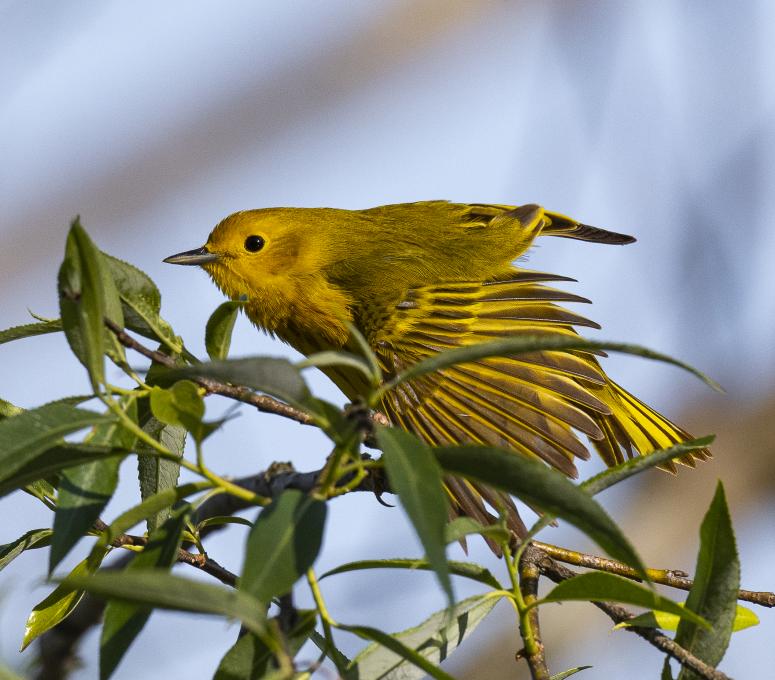
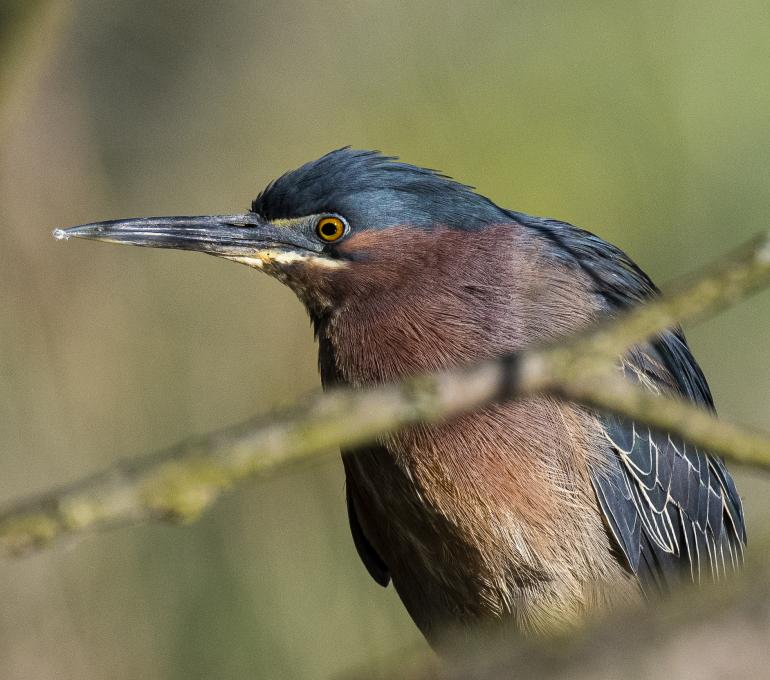
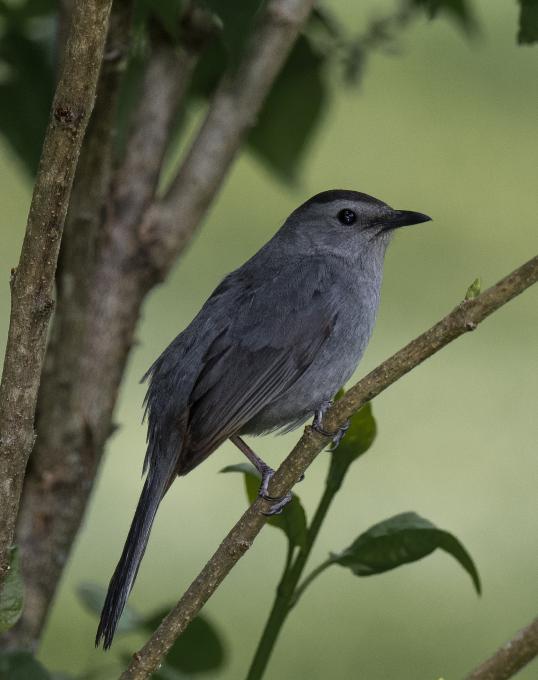
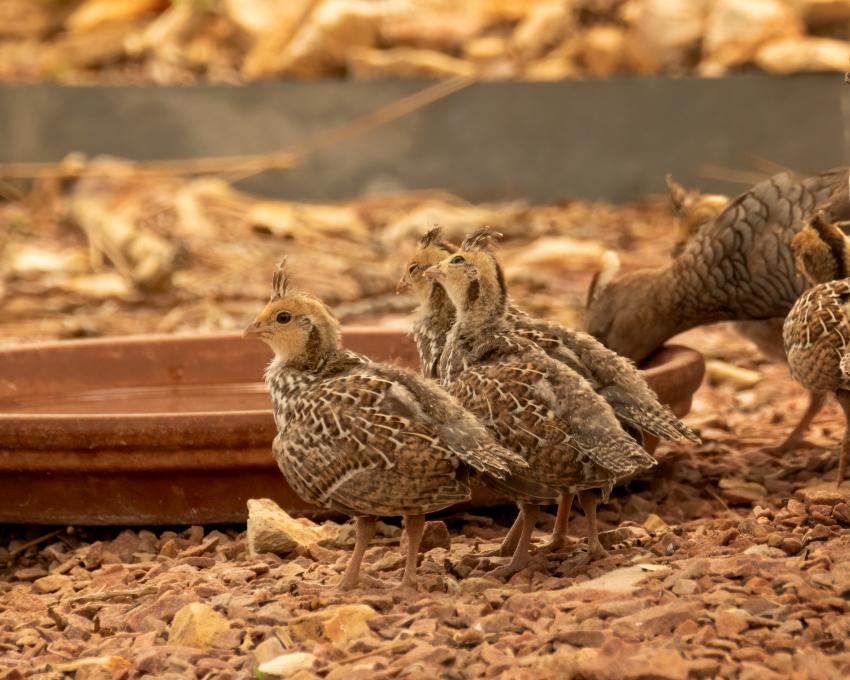
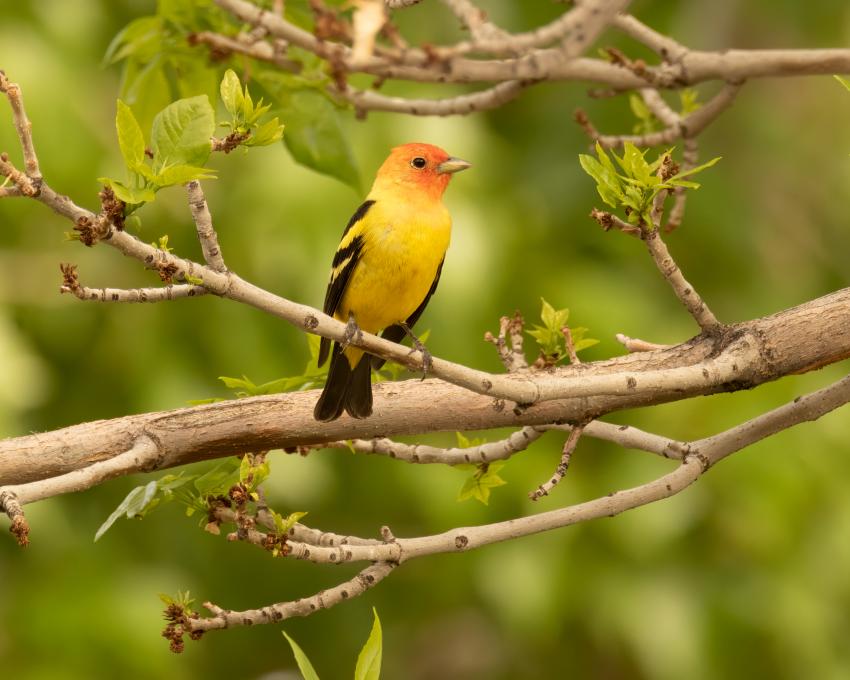 Since the corona virus has kept me and my husband homebound, I made sit spots in my yard. On my backyard patio, I figured a large, plump cushioned patio chair would make a decent blind, with me crouched in a second chair behind it! It worked, as shy Western Tanagers, skittish Bullock's Orioles & cautious Black-headed Grosbeaks -bird species I'd NEVER SEEN BEFORE- didn't seem to notice me there, while bracing my 600mm Tamron lens on the top of the "blind" chair. I discovered all three species in my backyard Ash trees for the first time EVER, in mid-March, so I decided to put up a Oriole jelly feeder. I am elated to say that two different pairs of Bullock's Orioles decided to nest in the Ash, & I make sure their jelly feeder is always full. I now have fledglings, yellow balls of fluff, from one couple, still waiting for arrival of second nestlings, any day now. I learned feeders have made a huge difference getting birds near perches in my trees.
Since the corona virus has kept me and my husband homebound, I made sit spots in my yard. On my backyard patio, I figured a large, plump cushioned patio chair would make a decent blind, with me crouched in a second chair behind it! It worked, as shy Western Tanagers, skittish Bullock's Orioles & cautious Black-headed Grosbeaks -bird species I'd NEVER SEEN BEFORE- didn't seem to notice me there, while bracing my 600mm Tamron lens on the top of the "blind" chair. I discovered all three species in my backyard Ash trees for the first time EVER, in mid-March, so I decided to put up a Oriole jelly feeder. I am elated to say that two different pairs of Bullock's Orioles decided to nest in the Ash, & I make sure their jelly feeder is always full. I now have fledglings, yellow balls of fluff, from one couple, still waiting for arrival of second nestlings, any day now. I learned feeders have made a huge difference getting birds near perches in my trees.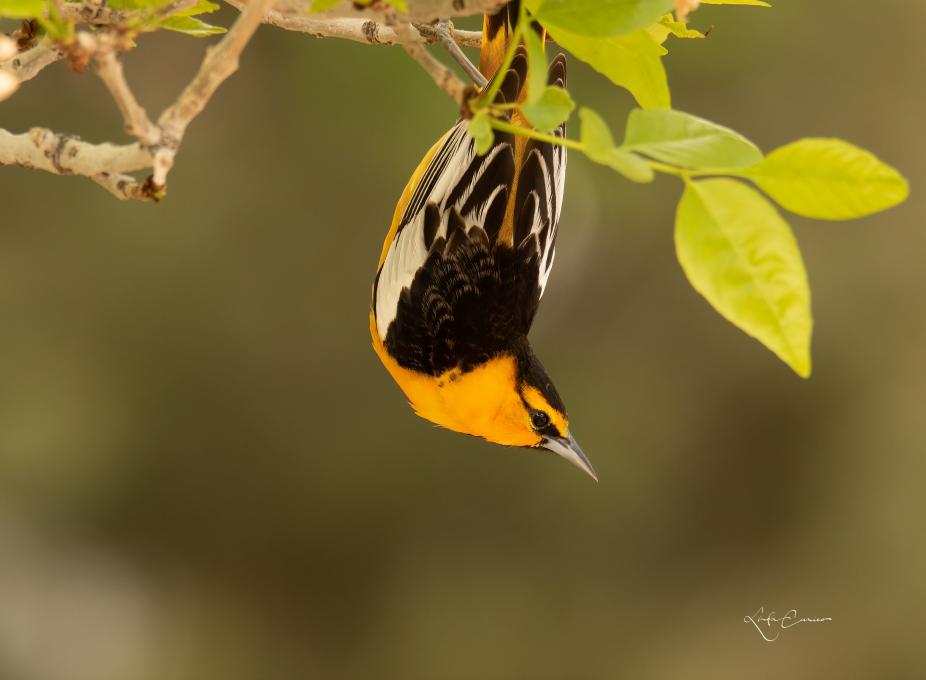
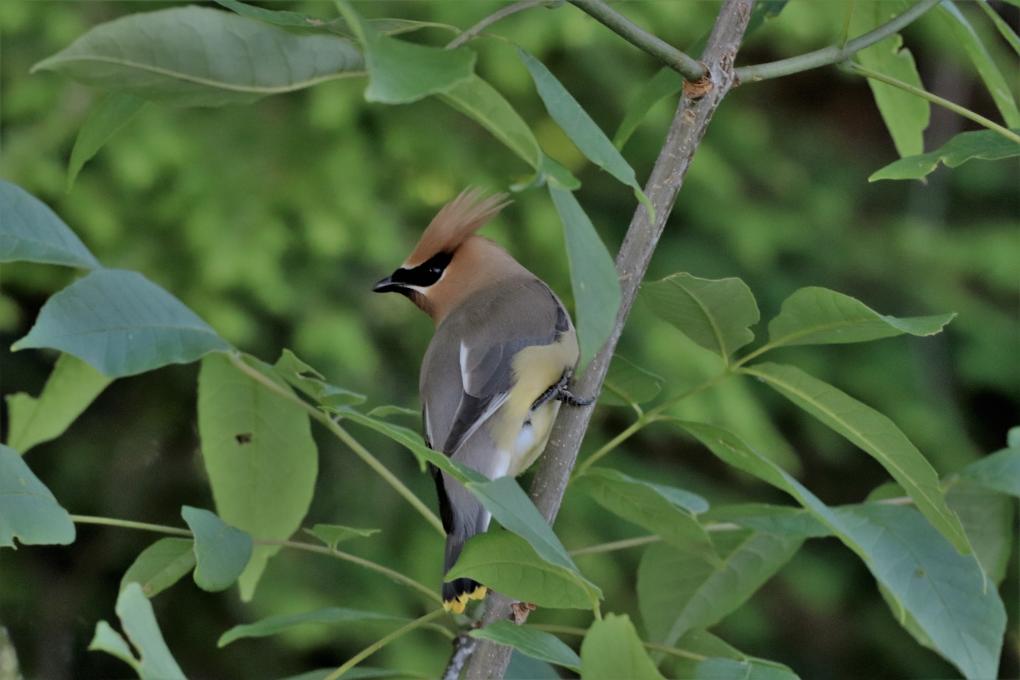
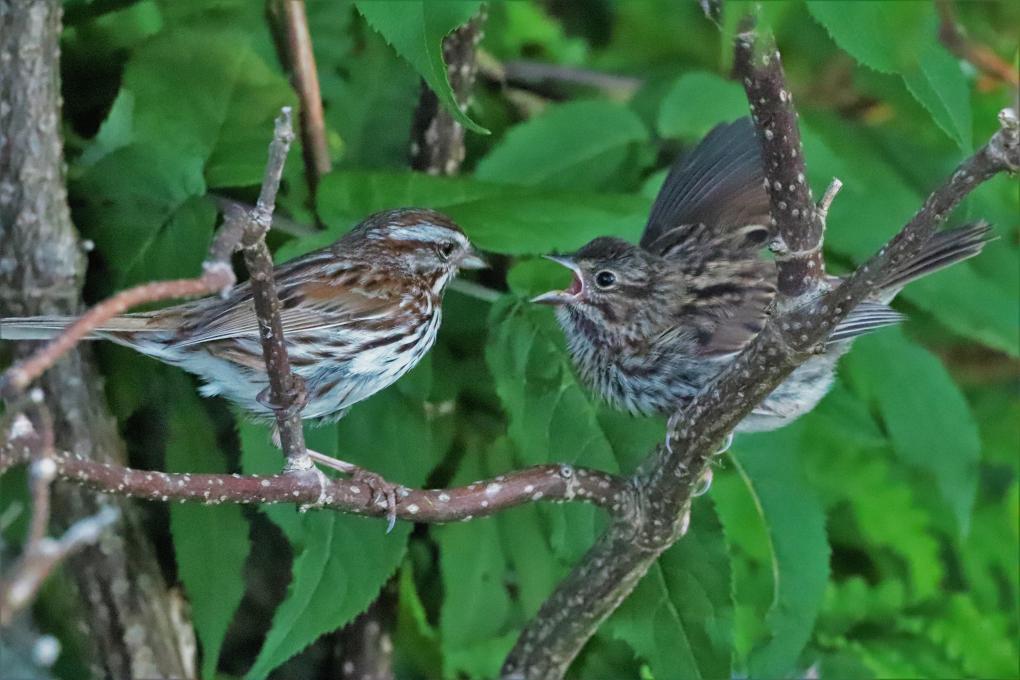
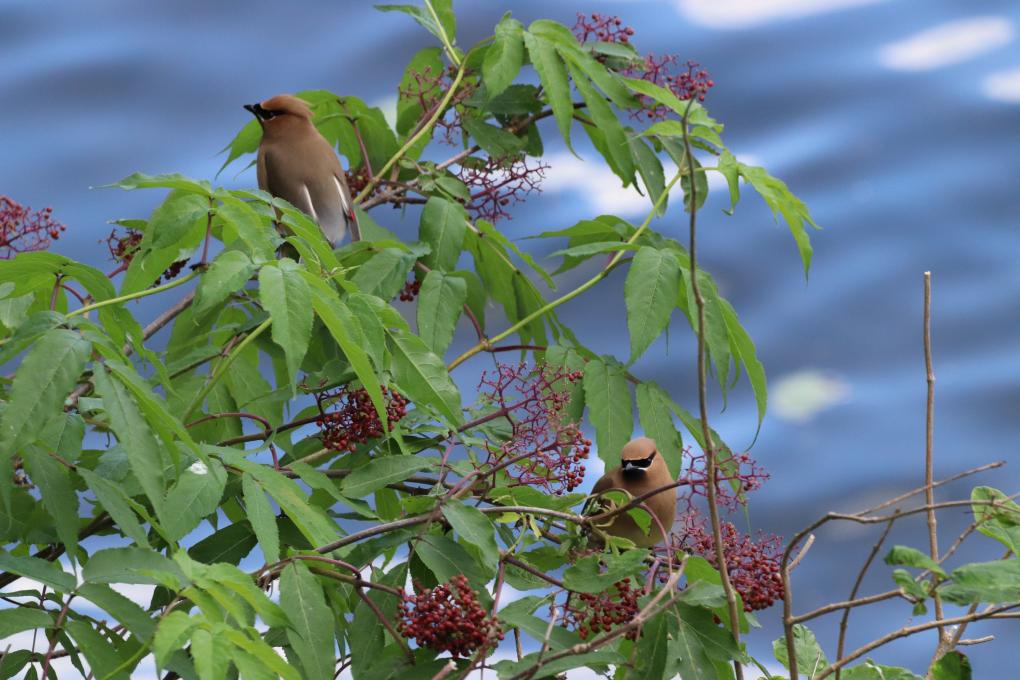
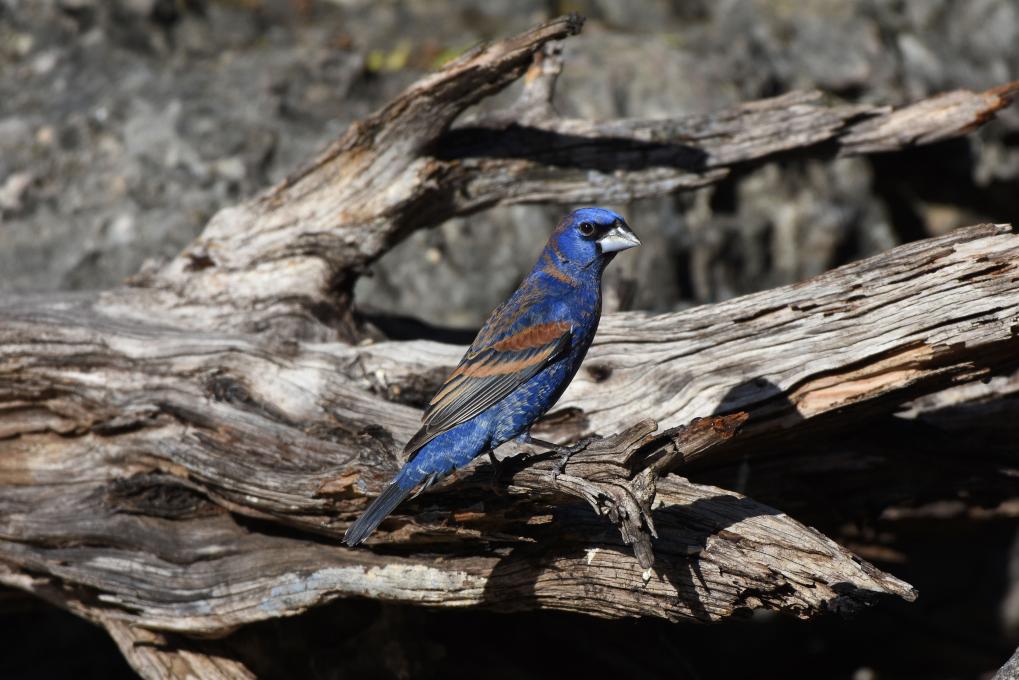
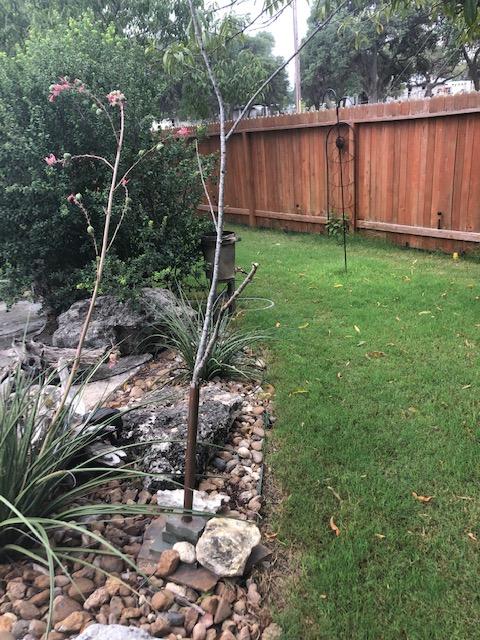
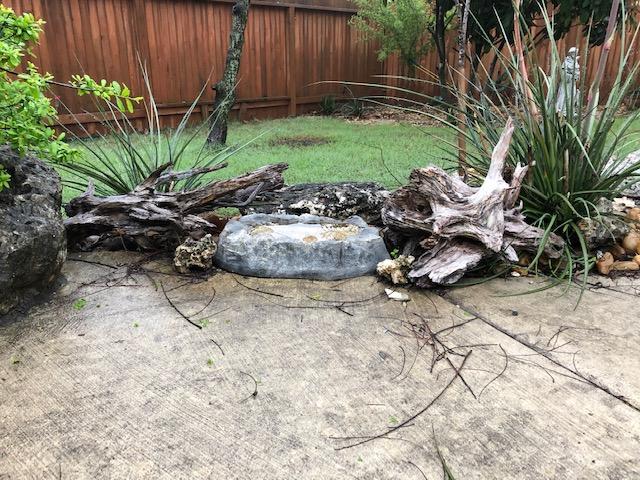
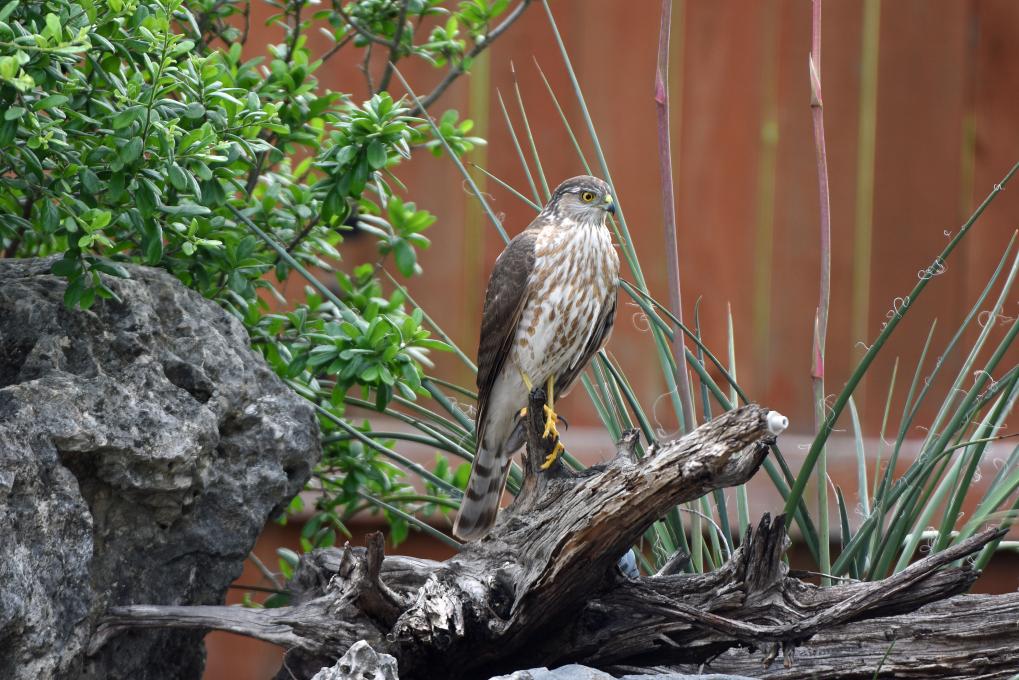
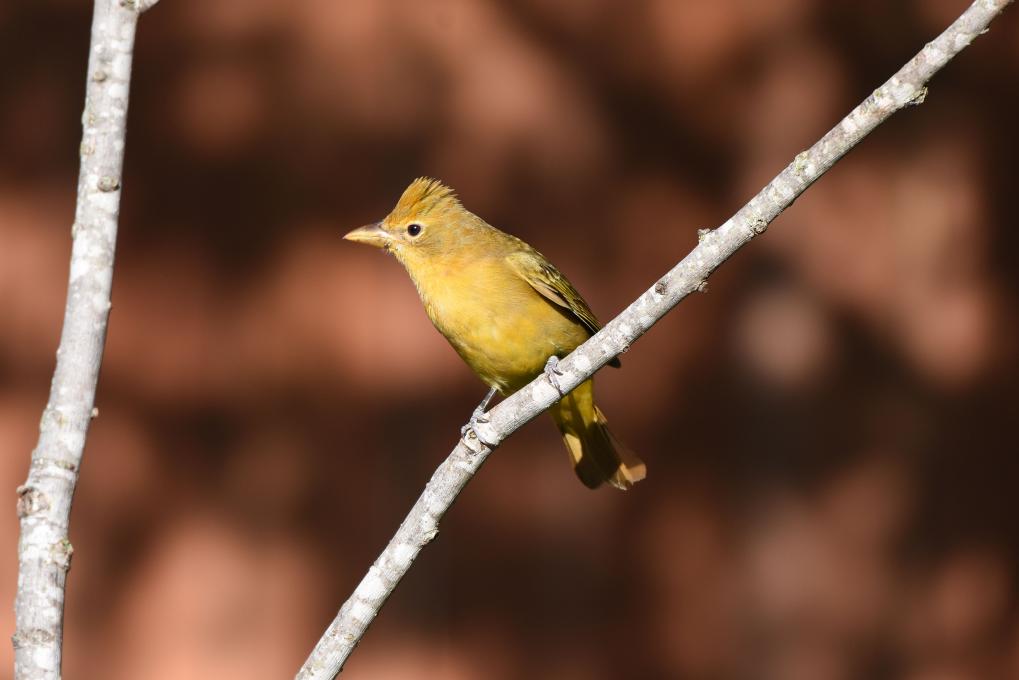
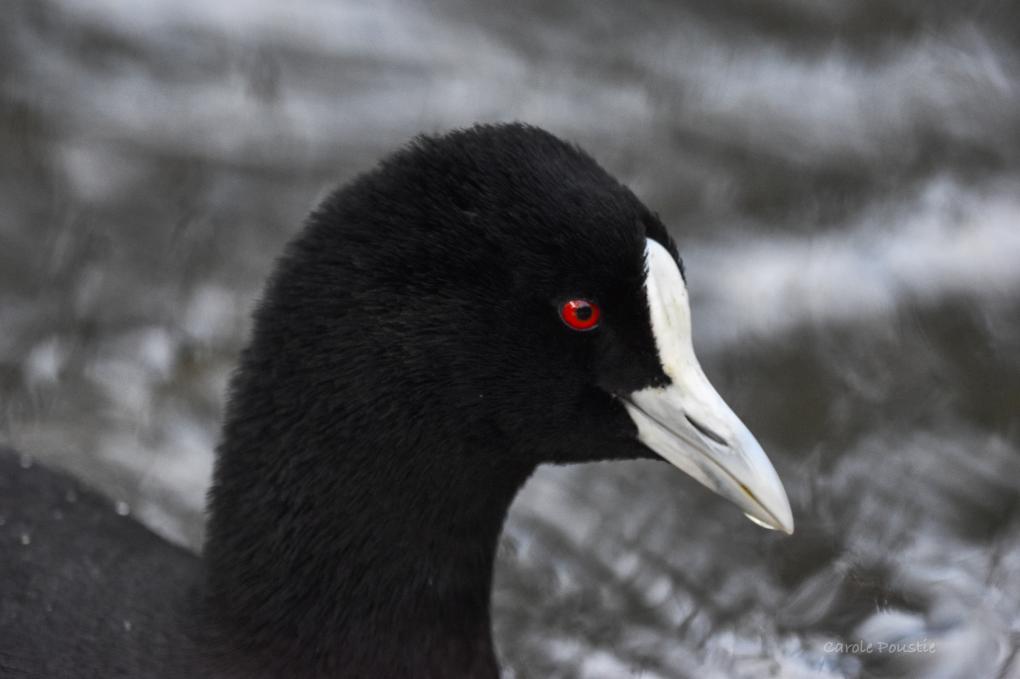
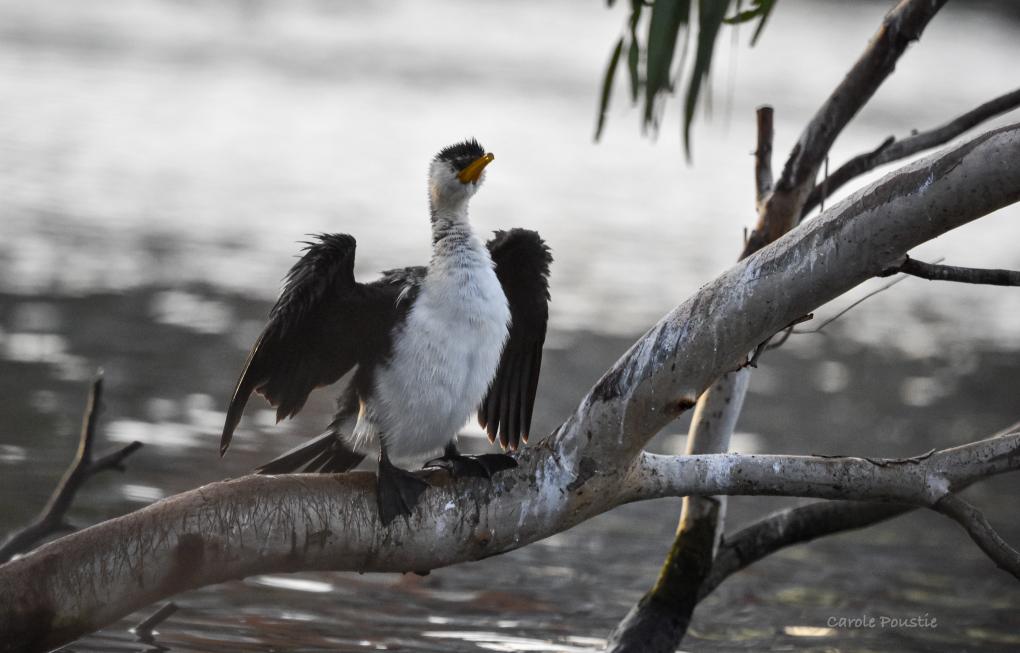
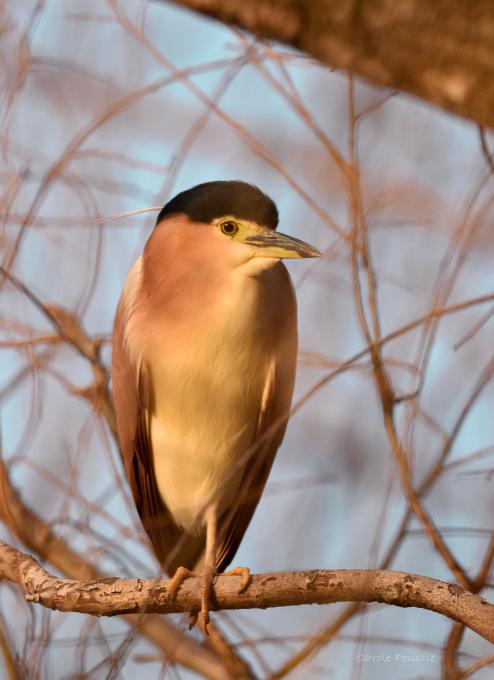
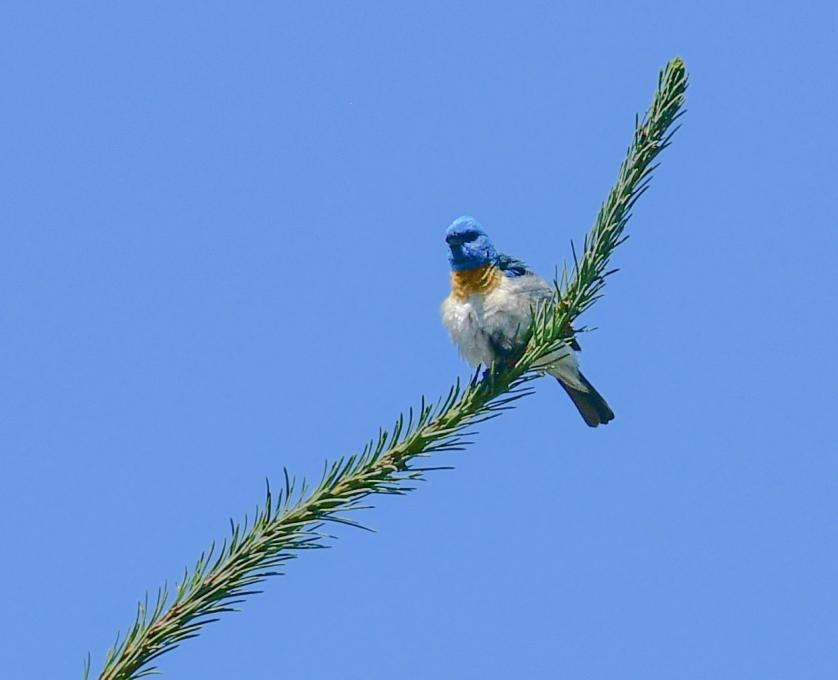
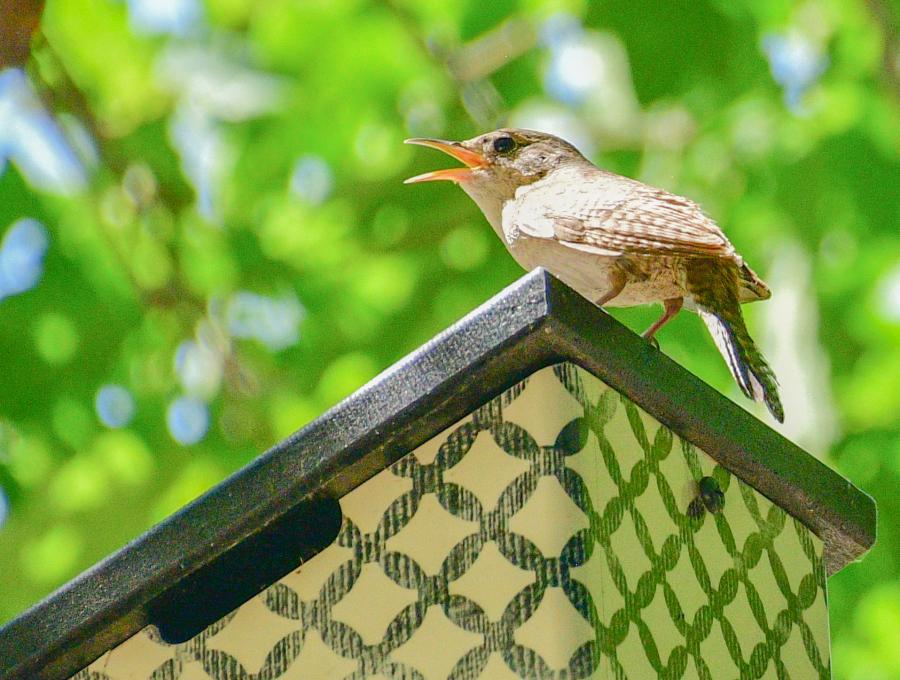
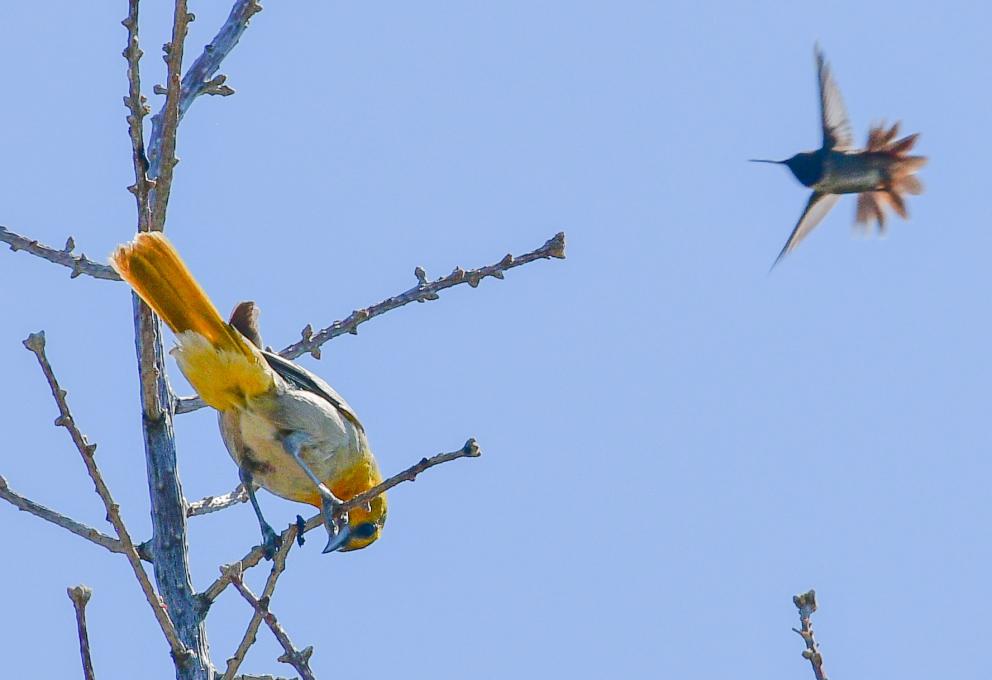 ecked hummingbird, and blurred the photo on both.
ecked hummingbird, and blurred the photo on both. 